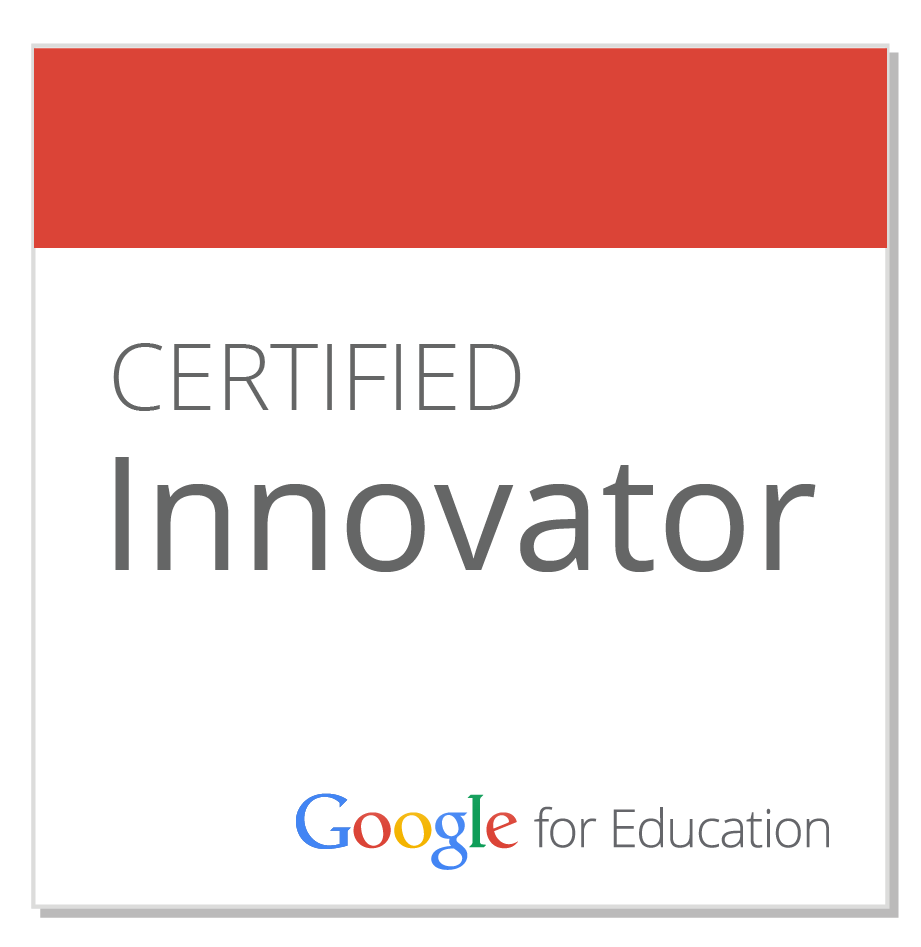As promised, these are the presentation slides from the 2011 CASE Conference at the Chicago History Museum, co-presented with John S. O'Connor. Our classroom blog is called An American Studies, and can be found at www.anamericanstudies.com.
Spiro Bolos
Social Studies Teacher, Copyright and Fair Use, and Education Technology presenter
"TV Tokenism": CASE Conference
"Writing Out Loud": CASE Conference
As promised, these are the presentation slides from the 2011 CASE Conference at the Chicago History Museum, co-presented with John S. O'Connor. Our classroom blog is called An American Studies, and can be found at www.anamericanstudies.com.
Making Thinking Visible with the Shared Presentation
There's nothing quite so intimidating to students as delivering an oral presentation in front of their peers. And unfortunately, many students use the opportunity to turn their slides into text-heavy TelePrompTer screens. This might be due to the fact that the students are merely imitating what they see daily in the classroom: how many of us have subjected our classes to bullet point after bullet point, in an attempt to convey as much content as possible in the shortest period of time?
What I have tried to do is provide my students with training on how to communicate effectively, both orally and visually. But I also want to lower their performance anxiety. This is accomplished by sharing the presentation duties: one slide, one student, in a co-created Google Docs presentation. An added bonus was that the students could see each other's work during the creation process, thus upping the overall quality.
Finally, my greatest hope was that they would critically examine the choices they made, in what and how they communicated. Ron Ritchhart, in his Intellectual Character, emphasizes the need for "Routines for Discussing and Exploring Ideas" in establishing an intellectual environment (94). One example is "The Why Routine". In the assignment featured below, students were asked to provide the following for a historical mock trial (on the subject of the Boston Massacre):
- Find an image that you believe represents your witness or their testimony in some way. You should be creative here as long as YOU can explain why you think it is representative of your witness.
- Choose ONE quote that either helps or hurts the Defendant, depending on whether your witness is on the side of the Prosecution or the Defense. Why is it the best quote?
Although the above finished product lacks student voices, the key to this activity was the oral presentation itself. Each time a student presented their individual slide, I asked them WHY they made the particular choices. It was illuminating as they were "making thinking visible": everyone else in the classroom understood the importance of providing a rationale for choices of images and quotes. As you can see, some ideas worked better than others!
The First Day of School
Although I try to re-examine what I teach every year, I always begin the school year in the same way in my history courses. To briefly summarize, I fake my own death (with a wink and a nod), in order to introduce the students to the discipline of history. The students are asked to write a biography of their "dead" teacher, using personal artifacts, interviews, and other sources.
As our district focuses specifically on inquiry this year, I am reminded of Ron Ritchhart's Intellectual Character, and his chapter entitled, "First Days, First Steps: Initiating a Culture of Thinking". Here he asks these critical questions:
"What messages [do] teachers convey when they plunge students right in to a big subject matter issue?" (62)
How do the "first days of school...establish norms of interaction between students and teachers?" (69-70)Below is a VoiceThread (narrated presentation) describing the specifics of the activity. NOTE: this was recorded for a group of 1st Year teachers who were in an orientation session the week before school started:
How do you begin the school year with your students? To see another possibility, listen and watch this radio piece (set to images) by English teacher John S. O'Connor.
Written by John O'Connor — English Teacher, New Trier High School. John O'Connor reflects on what teachers face on the first day of school. O’Connor is the author of Wordplaygrounds: Reading, Writing and Performing Poetry in the English Classroom (National Council of Teachers of English, 2004). Originally aired on WBEZ 91.5 Chicago.
Using Bloom's to Reflect
There's been a lot of hype over the zooming presentation tool, Prezi, which allows the creator to design the presentation in a non-linear way. I have to say I've been reluctant to embrace this particular design method because it seems to have a relatively steep learning curve (at least 15 minutes), especially when compared to something like VoiceThread, which can literally be taught to another person in a couple minutes or so.
Once you learn the basic principles of Prezi, I find that one then spends an inordinate amount of time tweaking the layout just so its amazing twists! turns! and zooms! work in the most aesthetically pleasing way. It doesn't seem to me to be a tool that emphasizes the all-important goal of clarity of communication over bells and whistles. Though it's arguably an engaging tool, I haven't seen how using it as a PowerPoint substitute makes it a transformational tool — yet.
However, that doesn't mean there aren't decent examples of Prezi out there. Check out this short presentation by Peter Pappas, who takes a great idea — reflecting on every level of Bloom's Taxonomy — and augments it with clear, concise examples and embedded videos in order to provide a model of professional development for schools.


